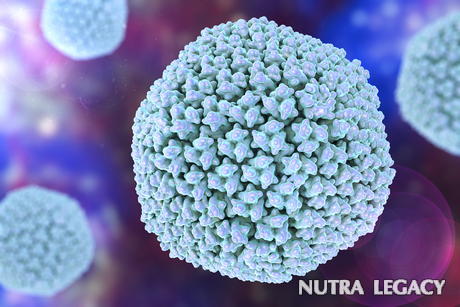Truth about Children’s Adenoviruses

- Adenoviruses are a very common infection in children.
- Adenoviral infections have no cure, just rest, fluids, and time.
- Normally adenoviruses are not serious, and almost all Americans have had at least one infection by age ten.
- Adenoviral infections in very young children may require hospitalizationa.
- Dehydration is the biggest danger with adenoviruses.
Adenoviruses are common in infants and young children, but older adolescents and adults are not infected with these viruses as often. Between late winter and the early part of summer, adeno associated virus illnesses are very common and occur frequently, and this is the most active time of the year for the virus. By the age of ten, almost every American will have experienced this type of virus at least once. The adenoviruses are a group of viruses that use the mucous membranes as an infection route. This means that the membranes which line the eyes, the intestines, the respiratory tract, and the urinary tract of the body can be infected with adenoviruses.
Roughly ten percent of all cases of diarrhea and acute respiratory infections in the United States are caused by adenoviruses. Because there are a number of these viruses, it is possible to catch multiple times. Symptoms can include respiratory tract infections, both upper and lower, fever, nausea, vomiting, gastroenteritis, eye infects, urinary tract infections, and others. The most common symptom of adenoviral infection in young children is a condition called febrile respiratory disease. This disease is a respiratory tract infection and can include flu symptoms, fever, a cough, lymph nodes which are swollen, and complications which can include ear infections, croup, pneumonia, and a cough similar in sound to whooping cough.
Adenoviruses are extremely contagious, and this is why the illness can spread quickly through schools, daycare centers, camps, and other places where large numbers of small children are located. Adenoviruses can be spread from droplets in the air when an infected person coughs or sneezes, and they can also be spread through fecal contamination of food and water that is ingested. This contamination can happen because of hand washing not occuring after bathroom use, contaminated water, flies contaminating your food, and not claning or sanitizing your hands after changing a diaper. These viruses can also be spread from contact between hands, touching toys or other surfaces recently touched by an infected person, and even furniture can be a host for the virus for a short time. Adenoviral eye infections that cause conjunctivitis can also be caught from swimming in contaminated water or from sharing towels and washclothes.
The incubation period for adenoviruses can be anywhere from a few days to a few weeks, and then symptoms will start to develop. The treatment for these viruses is normally rest, plenty of fluids to prevent dehydration, and time so that the adenoviral infection can run it’s course. Antibiotics will not help, but fever reducers and pain relievers can keep the fever down and help keep your child more confortable. If a respiratory infection is present, using a humidifier that blows cool mist may help your child breath easier and relieve irritation. If the virus causes conjunctivitis or other eye infections a warm washcloth can help remove any discharge and drainage and soothe irritation.
Adenoviruses are not normally considered dangerous, but in some cases hospitalization may be required, especially in young children with a fever. Dehydration can happen quickly in these children, and the diarrhea and vomiting combined with a fever can cause it to happen very rapidly. If your child has a fever that continues for more than a couple days, if they get worse after being sick for a week, if there are any breathing difficulties, if your child shows any signs of dehydration or they are three years old, or if signs of an eye infection appear, such as redness or drainage from the eye, then you should contact your doctor immediately.
The information supplied in this article is not to be considered as medical advice and is for educational purposes only.
|
 23 Jun 2009 23 Jun 2009 |

My goodness, there are so many viruses to watch out for these days. I recognize the description of these adenoviruses as similar to those that I had when I was a child. I can understand the precautionary caveat that bed rest and fluids are the best antidote for these types of infections. There really isn't much you can do once you have it. so you may as well just let it run its course.June 24th, 2009 at 12:52 am